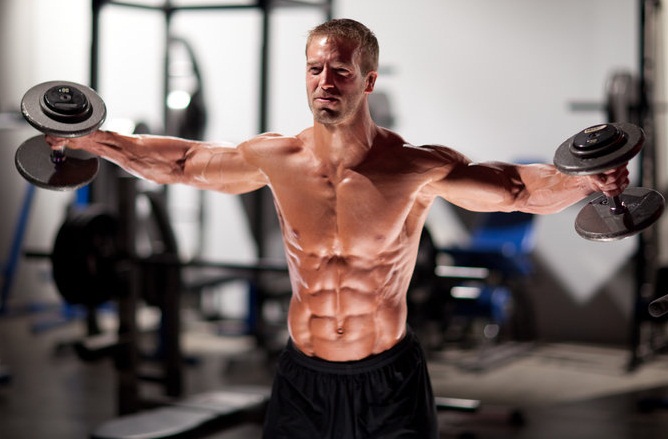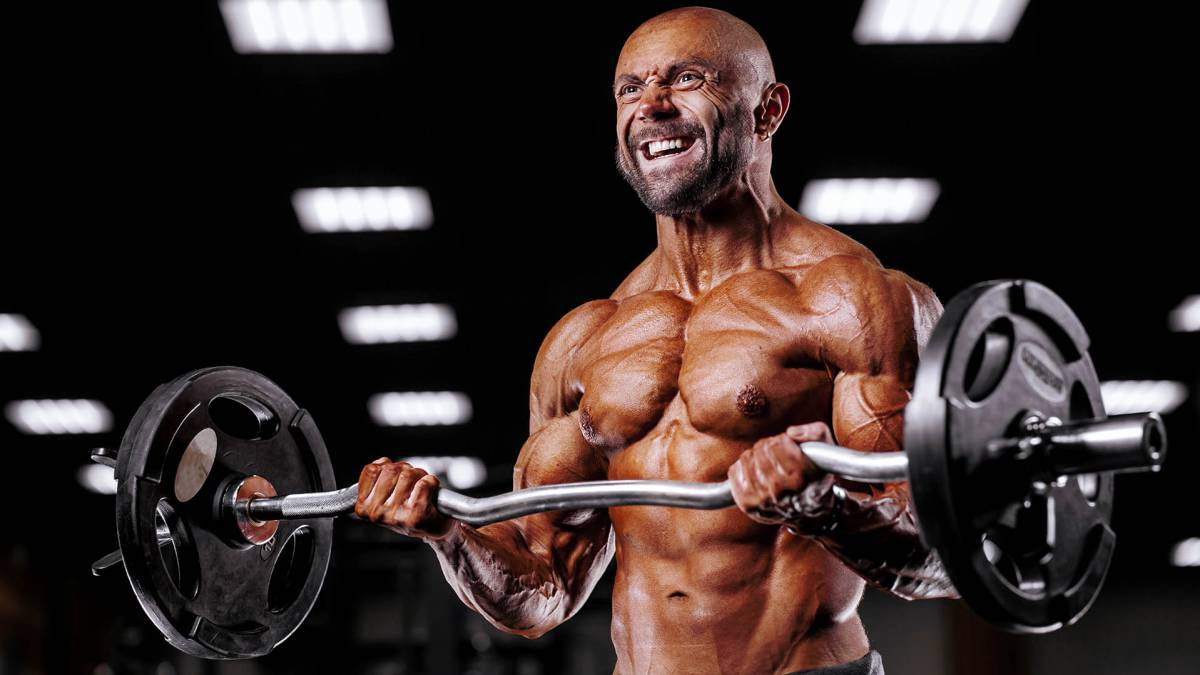Drop sets for pumping muscles
Why do we need drop sets? The main and main goal of drop-sets is to cause maximum stress and microdamages in the muscle, so that the processes of tissue repair become more active – after all, they make the muscle grow and grow.
Before proceeding to the description of the technique of drop-sets, it should be noted that the constant use of this technique easily causes overtraining. It is important to alternate workouts with drop sets, and not to use them all the time.
How to quickly reach the point of failure?
Research and practice show that it is not at all necessary to do many repetitions – it is quite possible to achieve one set of “points of failure” – to involve most of the muscle fibers into work, making full use of their potential and energy.
This condition is fraught with microdamages of muscle tissue, and in fact it is the recovery process after such violations that causes the growth of connective muscle tissue, which leads to the growth of the muscle as a whole.
What is important in drop sets?
The first thing you should always remember is that it is strictly forbidden to perform drop-sets on non-heated muscles, because this can easily cause them to break. Drop-set should be performed only after a warm-up or a few working approaches.
The second important point is to use drop sets only periodically, no more than once every two weeks for each muscle group, otherwise you will very quickly cause overtraining and you will have to take several weeks of rest to recover.

How to do drop sets?
The easiest way to reach the point of failure in a drop-set is with the help of the “pyramid” technique – start the exercise with a large weight, and gradually reduce it. You literally should not have the strength after the last repetition.
Reaching the described point of failure, it makes no sense to perform another drop-set and or a regular set with low weight. You have achieved your goal – you made the muscle work 100%, you activated the recovery process after the load, you provoked the muscle to grow.
What are the types of drop sets?
There are several types of drop sets:
- The first is classic or double. It consists of only two sets, the weight is reduced only once per exercise. In this case, the reduction may be 20-50%. With a more significant reduction in the load will be less, and the number of repetitions – more.
- Triple drop-set includes three sets and two weight loss. Burden at a time should be reduced by 20-25%.
- Four-drop-set consists of four sets, and the mass is reset three times (20%).
- Drop superset. A superset is a series consisting of two different exercises in which nearby muscles are used, that is, antagonists (those muscles that perform the opposite of each other), which include, for example, triceps and biceps, latissimus dorsi and pectoral muscles. So, when you execute a drop-superset, the superset is performed with the maximum burden, then the weight is reduced for each exercise of the series, and the set will be executed again. This option is quite complicated, but it allows you to achieve maximum results.
- Reverse drop set. If in the classic version the weight decreased, then in this case it increases. That is, the first set is performed with the minimum burdening (approximately 20-40% of the maximum mass), then the weight increases by 20-25%, but the number of repetitions decreases. Then the mass increases again, and the number of repetitions decreases.
- The combined drop-set looks like a drop-superset. But if in the latter, antagonist muscles are involved in performing the exercises, then the combined version involves a combination of two different exercises, allowing you to work out one muscle group. Weight will decrease for each exercise.
- Forced drop-set is similar to the classic, but differs from it in almost complete lack of rest. In most cases, you need help mate, which will reduce weight (for example, remove the discs from the bar or change the position of the simulator).
Progressive drop-set requires maximum training. First, a warm-up is required, which will warm up the muscles and avoid injuries. Then a working approach is performed, that is, with a normal working weight and with the usual number of repetitions without a muscle failure. This is followed by a slight increase in weight and a triple drop set. And after a rest and another mass increase, a quadruple drop set is performed.

Drop sets for different muscle groups
If you do dumbbell lifting for biceps, then the point of refusal in the exercise comes when there is no strength to perform the repetition, and to raise your arm without any weight at all. If you work on your back or chest, then failure to achieve is somewhat more difficult.
Large muscle groups are divided into autonomous departments, and for each group of such muscles you need your own drop-set. For example, for a chest, you can do a bench press, then a bench press in a slope (on the upper part of the chest), and complete with information on the blocks.
A drop-set is a great way to quickly reach the point of failure, to start the process of muscle growth. But it must be remembered that the drop-set is performed only on heated muscles, and an excessive craze quickly causes overtraining.